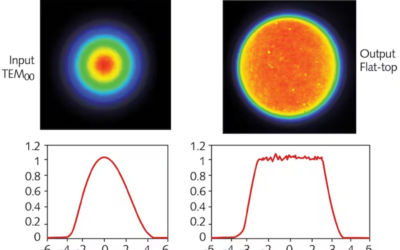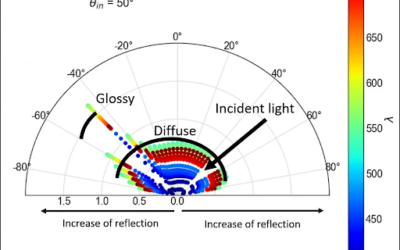In the past several years, smartphone cameras have taken a big step forward. The image quality of the best iPhone, Samsung, and HTC cameras is equivalent to low-priced Canon, Nikon, Pentax, and Sony DSLR cameras. Many prefer taking photos with smartphones due to their convenience, compact size, network connection, and huge array of applications.
One unique advantage of DSLR cameras is the ability to use many stock lenses for different applications: macro, telephoto, fisheye, and many more lenses. The smartphone attachment market is rather new. It is not possible remove a smartphone lens because it’s embedded into the phone body forcing attachment designers to work with the existing phone optics.
We have tested many integrated smartphone lenses and have found that they usually have 3-4 mm focal length, f/1.8-f/2.2 aperture with a pupil located inside the lens. These specs generally correspond to 35 mm film cameras with about 25-30 mm focal length. Lens attachments would allow changing the native lens focal length this changing the field of view or minimizing the focusing distance.
While the lens parameters may be close for different smartphones, a given attachment’s universality highly depends on mechanical considerations. For a lens attachment to work property, it needs to be accurately mounted relative to the native camera lens. This can be challenging with the wide variety of smartphone designs.
When made correctly, the image quality of a lens attachments should be close to that of a native lens with minimum distortion and chromatic aberrations.
In future posts, we will look at different types of lens attachments in more detail.
Need assistance designing a custom optic or imaging lens ? Learn more about our design services here.





